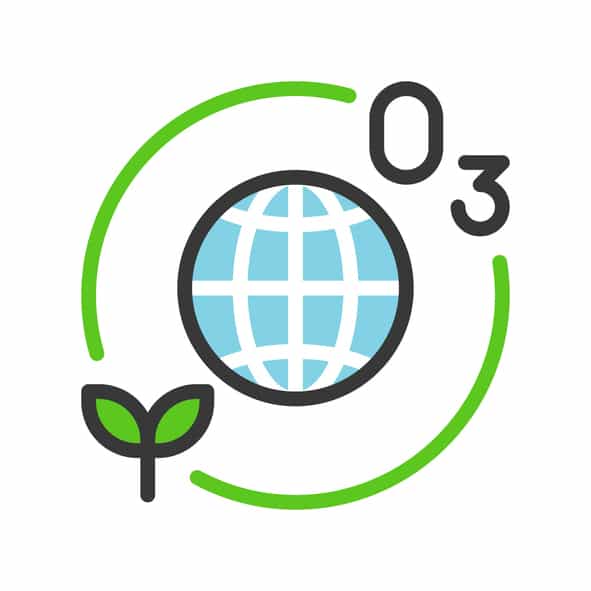Ozone Approvals Summary

USDA, FDA, EPA, CDC, OSHA Approvals, Recommendations and Guidelines: Summary: More than 100 years of ozone use worldwide United States Food and Drug Administration approved for bottled water in 1982 EPA allows use of ozone with no reporting or record-keeping FDA Expert Panel approved as GRAS (generally recognized as safe) in 1997 FDA granted petition […]